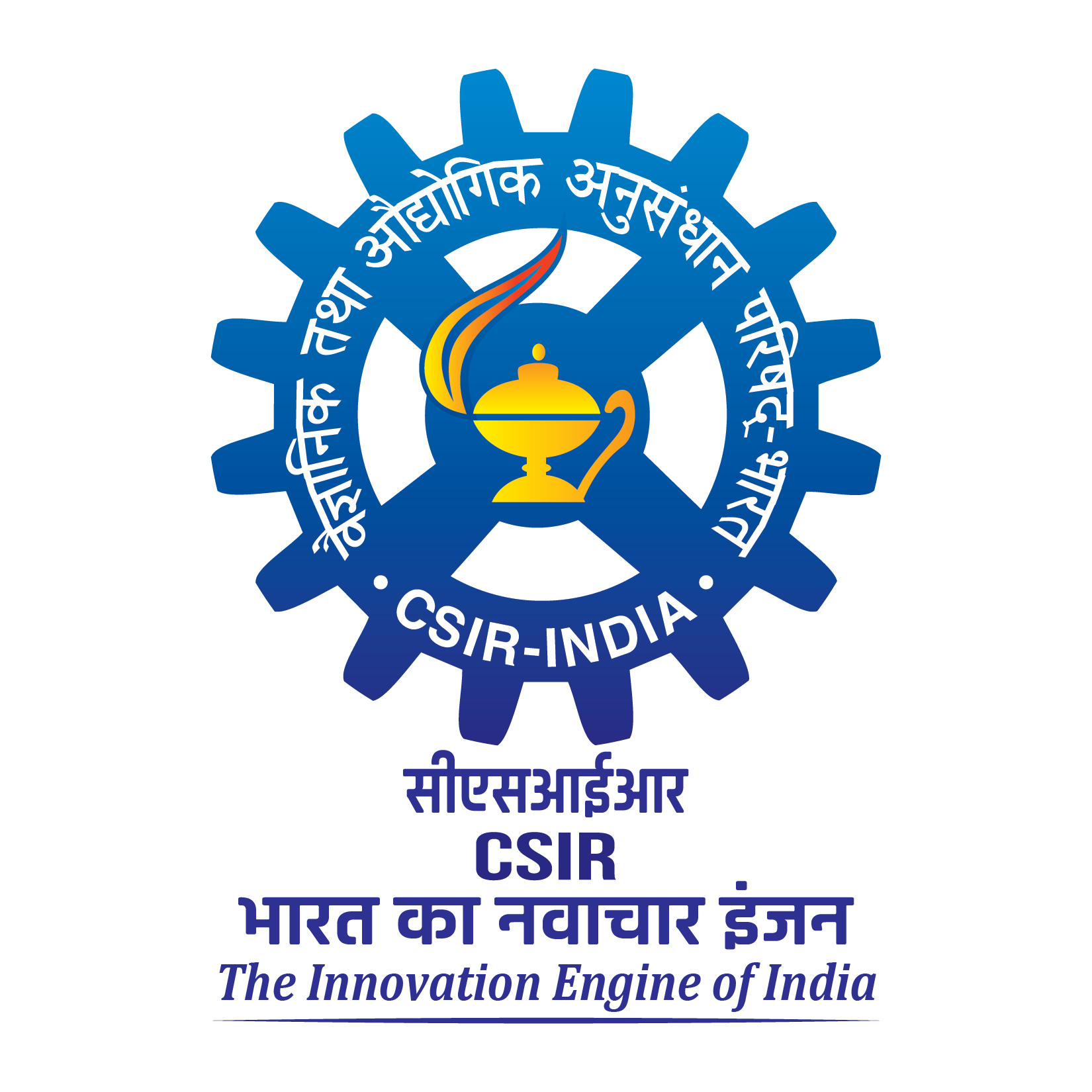by K. C. Gouda, Sudhansu S. Rath, Nidhi Singh, Sayanta Ghosh & Renu Lata
Extreme rainfall events (EREs) are very localized and intense events witnessing heavy rainfall resulting in flash floods and landslides in the Himalayan region. The trend of EREs in the state of Himachal Pradesh shows an increasing trend, so in this study, an attempt is being made for quantifying the climatological feature of these EREs in the state of Himachal Pradesh in the western Himalayan mountain region. Multi-source observed datasets for the long-term period, i.e., 1901 to 2020, are considered for the analysis. The climatology analysis indicates that northern and southern parts of Himachal Pradesh receive comparatively more rainfall, and the state witnessed a decreasing trend of the rainfall in the current decade. The classifications of these EREs in terms of monsoon and non-monsoon with a different threshold of daily rainfall are being analyzed, and it is found that almost 90% of extreme events are observed in the monsoon season. The zone centered around 32.5° N and 76.25° E seems to be the hotspot for the frequent EREs in the mountainous state. The spatial analysis of the ERE trend also indicated that almost 40% of the state witnesses the heavy rainfall throughout the years. This observational study will surely help in understanding the dynamics of these EREs in the higher altitude regions and can be used for hydro-meteorological disaster management and mitigation.

